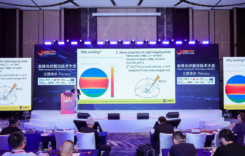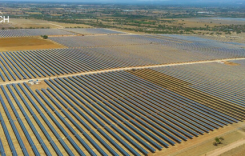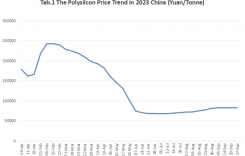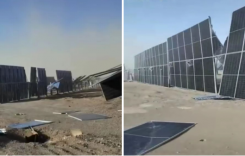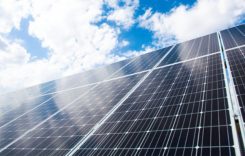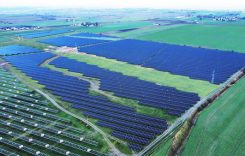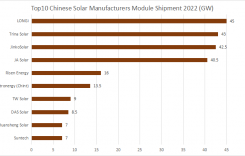PVTIME – According to John van Zuylen, CEO of the African Solar Industry Association (AFSIA), Africa’s operational solar capacity has surpassed 20 GW, with photovoltaic technology increasingly recognised as an “ideal choice” to address the continent’s power supply challenges.
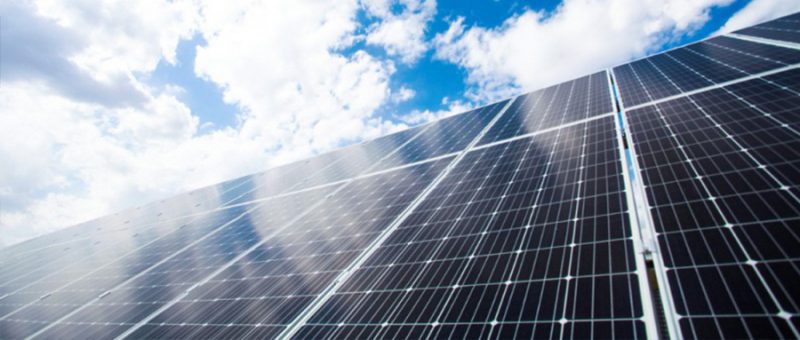
This information comes from AFSIA’s latest industry report, which covers the first half of 2024. The report highlights a notable shift in Africa’s solar market, moving away from reliance on commercial and industrial installations towards large-scale ground-mounted projects.
In 2024 alone, developers added 1.7 GW of large-scale ground-mounted capacity, helping to balance a market that was previously skewed by a lack of such schemes.
Van Zuylen noted that the current split is moving towards a ‘normal’ pattern, in which large-scale projects naturally dominate megawatt-level installations.
He added that a critical issue is the need for African utilities to improve service reliability. Without progress, more commercial and industrial users will turn to their own solar systems to maintain operations. Although commercial and industrial additions only reached 675 MW in 2024, the growing trend of small and medium-sized enterprises adopting solar power as an inexpensive, reliable energy source is attracting industry attention, compounded by the risk of a “snowball effect” of large customers leaving the grid due to poor utility service and falling solar costs.
AFSIA forecasts that large-scale ground-mounted projects will lead future growth, with 70% of Africa’s pipeline of over 10 GW consisting of such schemes. Notably, South Africa accounts for only 28% of this pipeline, which is a sharp decline from previous years and signals a more balanced regional spread. By the end of 2024, South Africa had added 1.2 GW, half of Africa’s total new capacity, but its declining share reflects a diversifying market.
This momentum contrasts with the slower global growth that Europe is facing, with its first annual decline in a decade, and the 7% year-on-year decline in US installations, according to European and US solar associations.
Van Zuylen pointed to the rising cost advantage in Africa, where plummeting storage costs over the past 18–24 months have made projects that were previously unviable financially viable for governments, businesses, and individuals. Combined with surging power demand, this ‘affordability’ will drive more developments.
Storage integration with solar is also spreading, mirroring global trends in which battery energy storage systems are now considered essential for project value.
In Africa, where 600 million of 1.4 billion people lack electricity and where low electrification meets chronic shortages, solar’s role is unique. Unlike developed nations, which use PV for decarbonisation, Africa views it as the fastest, cheapest way to boost capacity and electrification. For countries that have historically relied on hydropower but are now facing water shortages, solar power has become “perhaps the only solution”, van Zuylen emphasised.
With growing installations and falling costs, Africa’s solar market is at an unprecedented inflection point, ready to address power shortages and drive energy transformation.

Scan the QR code to follow PVTIME official account on Wechat for latest news on PV+ES



